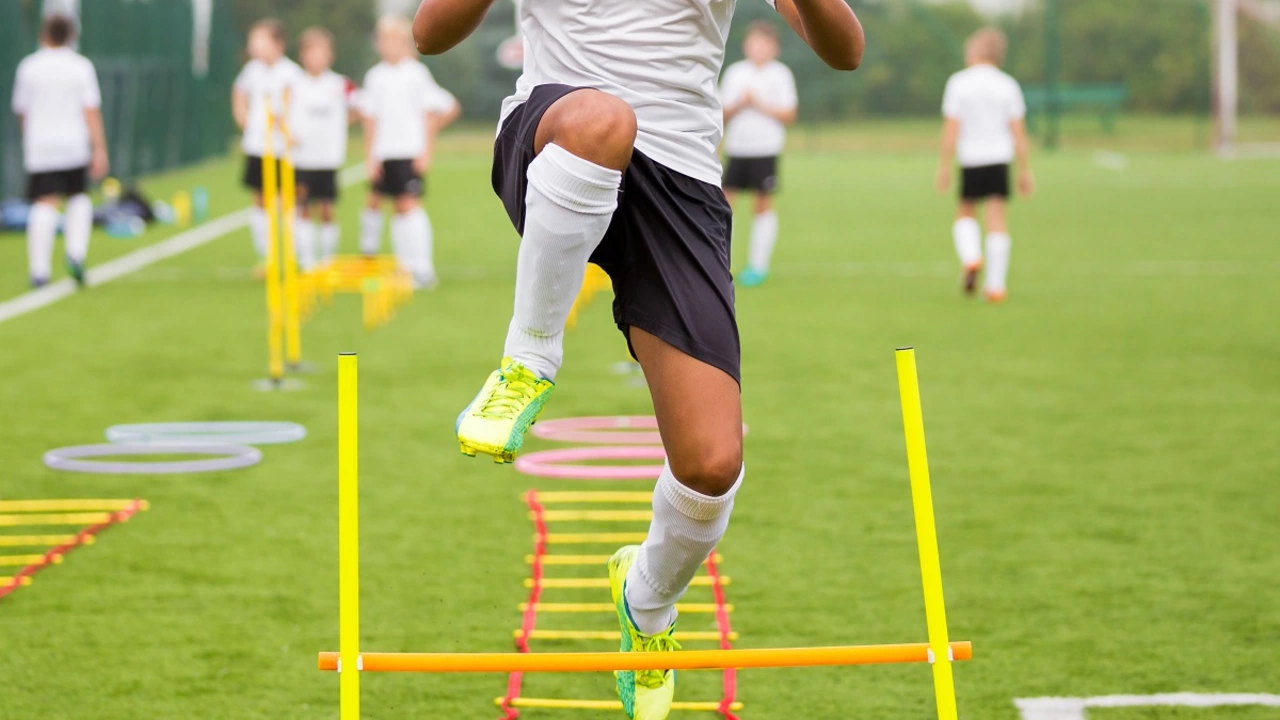Soccer Positions – What They Are and How To Play Them
Ever watched a match and wondered why some players stay back while others charge forward? That's not random – it's all about position. Knowing the job of every spot on the field helps you understand the game, pick a role that fits your skills, and get better faster.
In a standard 11‑a‑side line‑up you have four main groups: goalkeeper, defenders, midfielders and forwards. Each group has a purpose, but within them you’ll find several specialized spots. Let’s break them down in plain English.
Choosing the Right Spot for You
Goalkeeper (GK) – The last line of defence. Your main job is to stop the ball from entering the net. Quick reflexes, good catching, and confidence to command the box are key. If you’re tall, brave, and love directing teammates, this could be your lane.
Defenders – Usually three or four players protecting the goal. Centre‑backs stay in the middle, clearing balls and winning aerial duels. Full‑backs patrol the flanks, tackling wingers and adding width when the team attacks. Good defenders are strong, read the game well, and stay disciplined.
Midfielders – The engine room. Defensive midfielders sit just in front of the back line, breaking up attacks and distributing simple passes. Box‑to‑box midfielders run up and down, helping both defence and attack. Attacking midfielders sit higher, creating chances and sometimes scoring. If you have stamina, vision, and love being involved everywhere, midfield fits you.
Forwards – The goal hunters. Strikers stay central, looking to finish chances. Wingers hug the sidelines, delivering crosses and cutting inside to shoot. Speed, finishing, and the ability to beat defenders are essential. If you thrive on scoring and love beating players one‑on‑one, aim for the front line.
Tips to Master Each Position
Whatever spot you choose, practice the basics. Goalkeepers should work on catching, diving and footwork every session. Defenders need to perfect tackling angles and learn when to step out for a clearance. Midfielders benefit from drills that improve passing accuracy under pressure and quick decision‑making. Forwards should spend time on shooting drills, both from distance and inside the box, and on timing runs behind the defense.
Watch games with a notebook. Jot down what a player in your target position does in different phases – attack, defence, transitions. Try to imitate those movements in training. Ask your coach for specific feedback: “Can you work on my positioning as a right back?” makes it clear what you want.
Don’t forget the mental side. Every position demands awareness. Goalkeepers must read the striker’s body language. Defenders need to communicate constantly. Midfielders should scan the whole field before receiving the ball, and forwards must stay confident even after a few missed shots.
Finally, stay flexible. Youth football often rotates players to help them understand the full picture. Embrace the chance to play different roles – it makes you a more complete player and helps the team when injuries happen.
At Usk Junior Football Club we love seeing players discover the position that makes them shine. Use these pointers, ask questions, and enjoy the game. The right spot is out there; you just need to try it out and own it.
